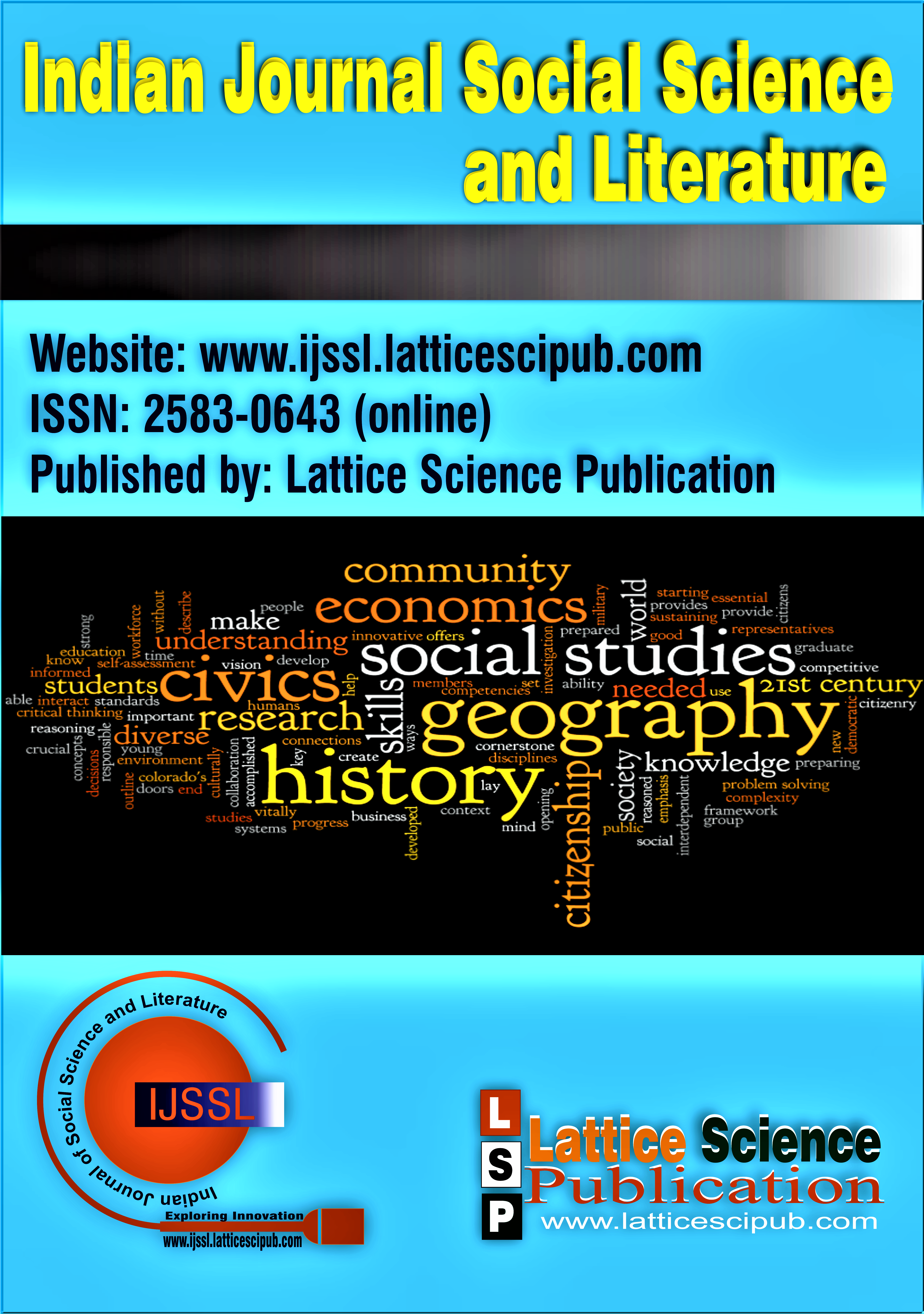Communication and Resolving Conflicting Situations: Indispensable in Forming Cordial and Amiable Terms and Relationships with others
Main Article Content
Abstract
Throughout the lives of the individuals, irrespective of communities, occupations, categories and socio-economic backgrounds are required to be well-versed in terms of communication skills. These are the skills that are facilitating in not only augmenting knowledge in terms of various factors, but also individuals are able to form cordial and amiable terms and relationships with others. It is apparently understood that in some cases, there are occurrences of conflicting situations and disagreements among Individuals. These are regarded as the major barriers within the course of development of mutual understanding, hence, it is vital for individuals to be well-versed in terms of peaceful conflict resolution methods. These are facilitating in creating a pleasant and peaceful environment. One of the important aspects that needs to be taken into account is, the individuals need to form positive viewpoints in terms of various factors. Furthermore, they are required to be treated with respect and courtesy. In this manner, communication skills will be honed and peaceful conflicting resolution methods will be put into operation in an efficient manner. In this manner, individuals will render an important contribution in bringing about improvements in their overall personality traits and living conditions. Therefore, it is well-understood, communication and resolving conflicting situations is indispensable in forming cordial and amiable terms and relationships with others. The main concepts that are taken into account in this research paper are, understanding the meaning and significance communication and resolving conflicting situations, measures to be implemented in honing communication skills and understanding peaceful conflict resolution methods.
Downloads
Article Details

This work is licensed under a Creative Commons Attribution-NonCommercial-NoDerivatives 4.0 International License.
How to Cite
References
Communication for Development. A Practical Guide. (2016). Retrieved September 12, 2023 from https://www.eda.admin.ch/dam/deza/en/documents/publikationen/Di verses/Communication-for-development-Manual_EN.pdf
Communication for Development. Strengthening the Effectiveness of the United Nations. (2011). Retrieved September 12, 2023 from
https://www.unicef.org/cbsc/files/Inter-agency_C4D_Book_2011.pdf
Davies, J. (Ed.). (2004). C4D Communication for Development Concept. Retrieved September 12, 2023 from
http://www.communicationforsocialchange.org/pdf/comm4devconce ptpapermdgmeetingnov04.pdf
The Benefits of Conflict Resolution. (2020). Retrieved September 12, 2023 from conovercompany.com
The Benefits of Effective Conflict Management – Benefits of Conflict Competence. (2018). Retrieved September 12, 2023 from talenttools.com.au
Storozhenko, L., & Petkun, S. (2019). Electronic Communications as an Element of Management. In International Journal of Innovative
Technology and Exploring Engineering (Vol. 8, Issue 11, pp. 459–466). https://doi.org/10.35940/ijitee.k1401.0981119 Rabha, F. H., & Singh, Dr. N. R. (2022). Facebook as an Agent to Tackle Climate Change with Reference to University Students in Assam. In Indian Journal of Social Science and Literature (Vol. 2,Issue 1, pp. 11–23). https://doi.org/10.54105/ijssl.e1025.091522
Kashekova*, I. E., & Kononova, E. A. (2019). Cognitive Factors of “Art+” Cross-Cultural Pedagogical Technology. In International Journal of Innovative Technology and Exploring Engineering (Vol. 9,Issue 1, pp. 1305–1311). https://doi.org/10.35940/ijitee.l3624.119119
Mbatha, S. K., Alkizim, A. O., Dr., & Mbiti, T. K., Dr. (2021). The Practice of Conflict Management in Construction Projects in Kenya.
In International Journal of Soft Computing and Engineering (Vol. 10,Issue 4, pp. 6–12). https://doi.org/10.35940/ijsce.d3483.0310421
S, R., & V, N. (2019). Detecting and Resolving Conflicts in Adaptation Rules for the Context Aware System. In International Journal of Recent Technology and Engineering (IJRTE) (Vol. 8, Issue2, pp. 760–763). https://doi.org/10.35940/ijrte.b2402.078219





